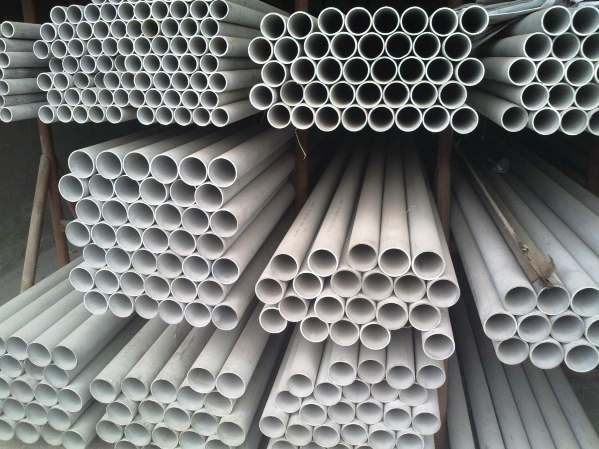Stainless steel seamless pipe (ss seamless pipe) is a high-quality material commonly used in the fields of nuclear industry, chemical industry, petroleum, metallurgy and aerospace. In order to ensure the quality and reliability of stainless steel seamless pipes, they need to be tested and analyzed through strict testing standards.
1. Appearance quality inspection
The appearance quality inspection of stainless steel seamless pipes includes appearance inspection, dimensional inspection and surface condition inspection. Among them, the appearance inspection mainly includes whether the surface of the pipe is smooth, no cracks, no twists, no tumors, no depressions, no residual sulfide, etc.; the size inspection mainly includes the pipe diameter size, wall thickness size, length size, etc.; the surface condition inspection mainly Including surface quality, surface cleanliness, surface gloss, etc.

2. Chemical composition testing
The chemical composition detection of stainless steel seamless pipe is mainly to test whether the element content meets the relevant standards. Commonly used detection methods are spectroscopic analysis and chemical analysis. Among them, spectroscopic analysis is a very commonly used detection method, which can quickly and accurately detect the content of elements, and can also detect whether there are too many impurities.
3. Mechanical performance testing
Mechanical performance testing is to test the tensile strength, yield strength, elongation, hardness, etc. of stainless steel seamless pipes. Commonly used testing methods include tensile test, impact test, bending test, etc. Among them, the tensile test is a commonly used mechanical property test method, which can evaluate the strength and durability of stainless steel seamless pipes.
4. Non-destructive testing
Non-destructive testing is to use physical phenomena to detect stainless steel seamless pipes without causing any damage to them. Commonly used non-destructive testing methods include ultrasonic testing, radioactive testing, and eddy current testing. Among them, ultrasonic testing is a commonly used method, which can detect hidden defects such as defects and cracks inside stainless steel seamless pipes.
To sum up, the detection of stainless steel seamless pipes requires comprehensive detection from the aspects of appearance quality, chemical composition, mechanical properties, non-destructive and other aspects. Only by passing strict testing standards can the quality and reliability of stainless steel seamless pipes be ensured.
Tips: Stainless steel 316L tube is almost identical to stainless steel 316 tube. The only difference is the carbon content. 316L's lower carbon content imparts even better corrosion resistance than 316. 316L does not require post-weld annealing.


